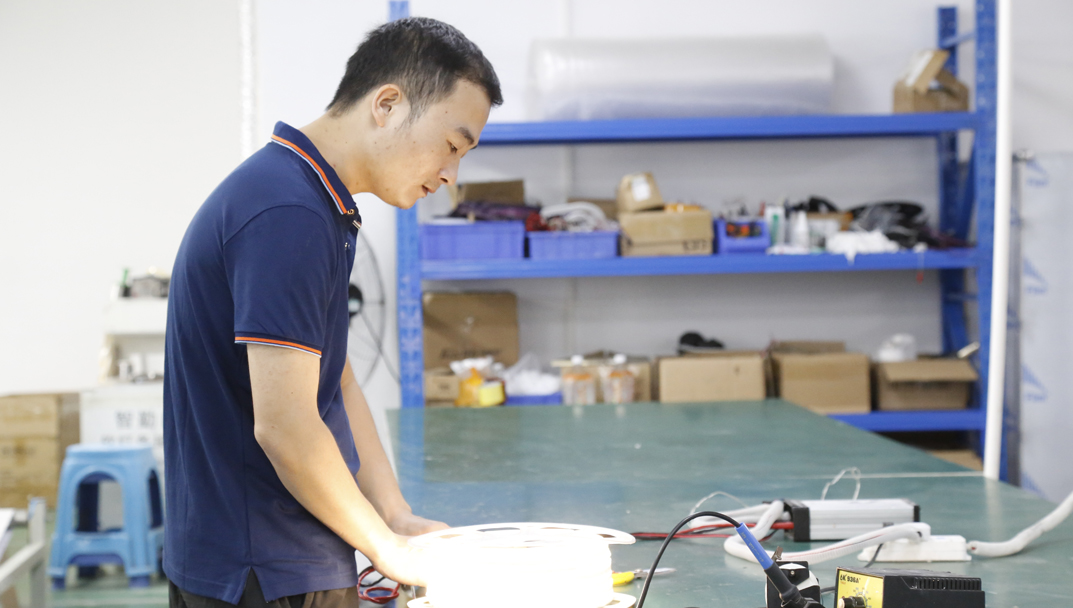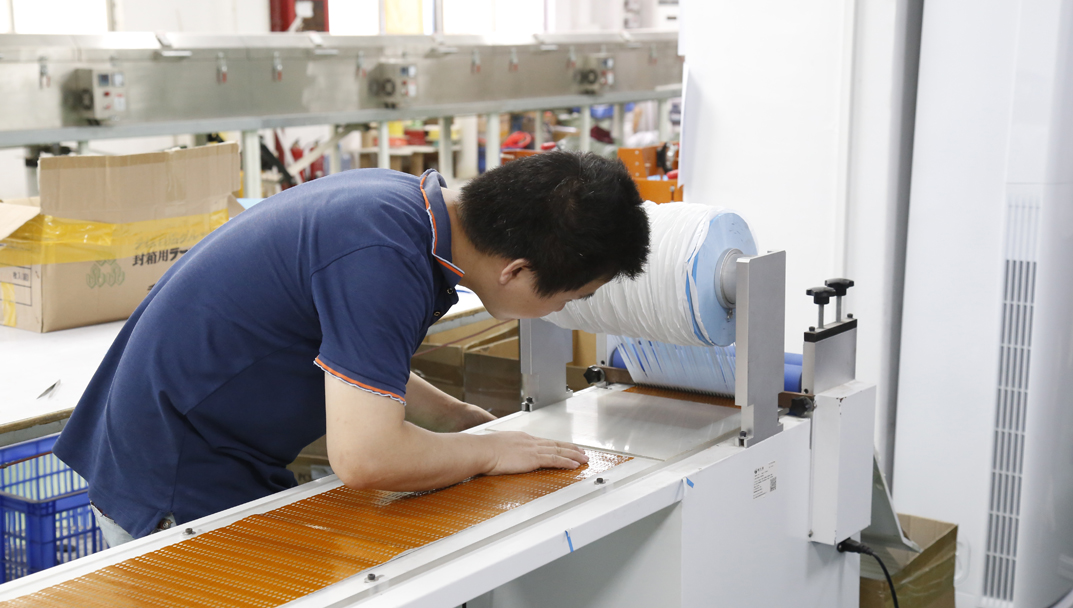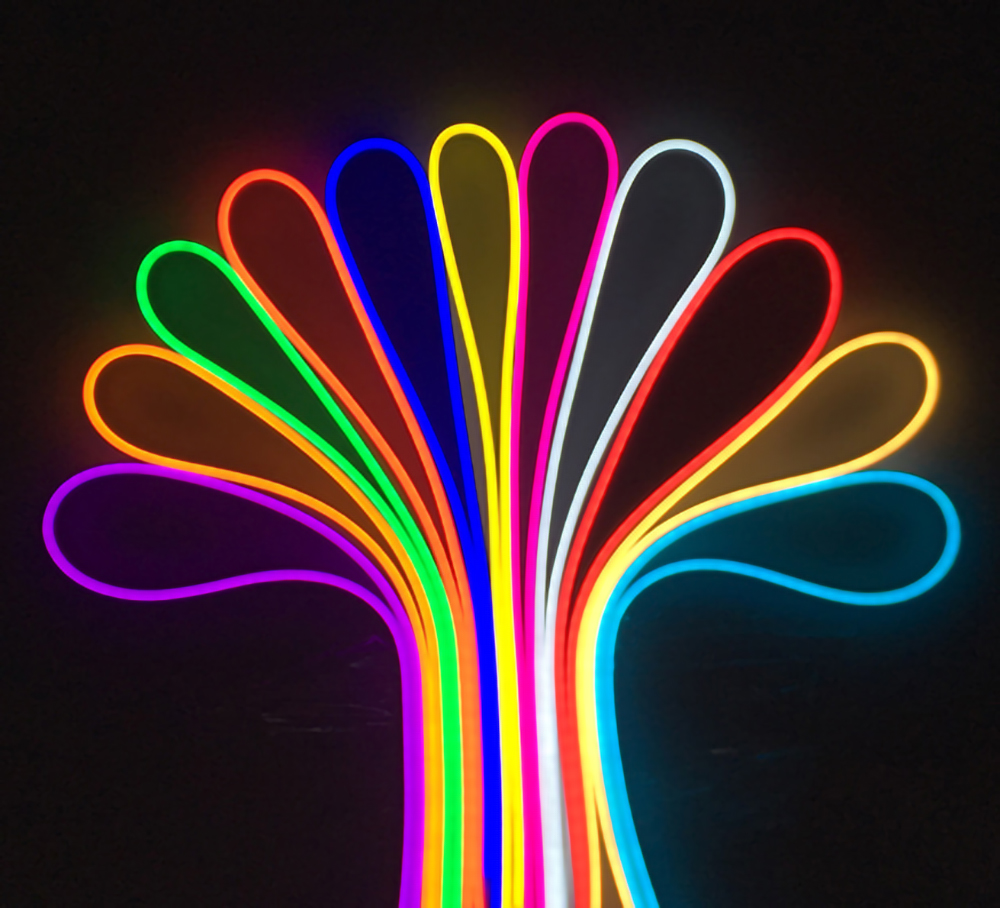Time: 2021-06-02Views: 235
Currently, the LED fluorescent lamp market is very active, and manufacturers are mainly divided into three categories:

The factory that used to make LED chips took advantage of the trend to penetrate downstream, and did not know much about the circuit knowledge and the power supply of LED fluorescent lamps;
The factory that used to do general lighting enters a new field and has a better understanding of circuit knowledge;

Newly entered factories, they used to do other products or new ventures, and some of them knew about LED power supplies, and some did not.
The LED fluorescent lamp power supply is the most important part of the LED fluorescent lamp. If the LED fluorescent lamp is not selected properly, the LED fluorescent lamp will not be able to exert its performance or even be used normally. In the process of cooperating with customers, we found some misunderstandings. Here are some suggestions for customers to refer to when choosing.

1. Why constant current is necessary: The characteristics of LED semiconductors determine that it is greatly affected by the environment. For example, as the temperature changes, the current of the LED increases, and the increase of the voltage, the current of the LED will also increase. Long-term operation exceeding the rated current will greatly shorten the service life of the LED. And LED constant current is to ensure that its operating current remains unchanged when environmental factors such as temperature and voltage change.
2. The matching of T8 fluorescent lamp power supply and lamp board: some customers design the lamp board first, and then find the power supply, and find that it is difficult to have a suitable power supply, or the current is too large and the voltage is too small (such as I>350mA, V<40V); or If the current is too small and the voltage is too high (such as I<40mA, V>180V), the result is serious heat generation, low efficiency, or insufficient input voltage range. In fact, choose the most excellent series-parallel connection method, the voltage and current applied to each LED are the same, but the power supply effect can exert the best performance. The best way is to communicate with the power supply manufacturer first, and tailor it.
3. The working current of the LED: the rated working current of the general LED is 20 mA, and some factories use it up at the beginning, and the design is 20 mA. In fact, the working current under this current is very serious. After many comparison tests, the design is 16-18 mA is ideal. The total current of N channels in parallel = 17 * N;
4. LED's working voltage: Generally, the recommended working voltage of LED is 3.0-3.5V. After testing, most of them work at 3.125V, so the calculation formula of 3.125V is more reasonable. The total voltage of M lamp beads in series=3.125*M.
5. Series-parallel connection and wide voltage of LED light panels: To make LED fluorescent lamps work in a wide range of input voltage AC85-265V, the series-parallel connection of LED light panels is very important. Since the current power supply is generally a non-isolated step-down power supply, when a wide voltage is required, the output voltage should not exceed 72V, and the input voltage range can reach 85-265V. In other words, the number of series does not exceed 23 series. Do not connect too many in parallel, otherwise the working current will be too large and the heating will be serious. It is recommended to be 6 parallel/8 parallel/12 parallel. The total current should not exceed 240 mA. There is also a wide voltage solution, which is to use L6561/7527 to increase the voltage to 400V first, and then step down, which is equivalent to two switching power supplies, and the cost is twice as expensive. This solution is not cost-effective and has no market.
6. The relationship between the series-parallel connection of LEDs and the PFC power factor and wide voltage; currently there are three cases of power supply PFC on the market: one is without a PFC dedicated circuit, and its PFC is generally around 0.65; the other is with a passive PFC circuit Yes, the light board is well prepared, and the PFC is generally around 0.92; another type is made with active 7527/6561 circuits, and the PFC can reach 0.99, but the cost of this solution is twice as expensive as the second solution . So the second scheme is more.
For passive PFC circuits: also called valley-filled PFC circuits, the operating voltage range is half of the peak value of the AC input voltage. If the input is 220V, its peak value is 220*1.414=310V, half of the peak voltage is 155V, and subtracting 1/2 of the partial voltage of the two capacitors in series, the maximum output is 77V, so the number of LED lamp beads in series is up to 24 strings . This is why the light panels on the market are generally made into 23 strings or 24 strings. If the input is 110V, the output with PFC power supply is: 110*1.414*1/4=38V, and the number of lamp beads that can be carried is 12 strings. Therefore, in the 110V area, it is more troublesome to bring PFC, and the number of lamp beads cannot be more than 12 strings. Therefore, in order to obtain a relatively large power factor, the number of lamp beads in series cannot be too many, otherwise, the low voltage requirement will not be met.
7. Constant current accuracy: The constant current accuracy of some power supplies on the market is too poor. For constant current solutions such as the popular PT4107/HV9910/BP2808/SMD802 solutions on the market, the error can reach ±8% or ±10%, constant current error Too big. The general requirement is within ±3%. According to the error of 3%, 6 circuits are connected in parallel, and the error of each circuit is about ±0.5%. If 12 circuits are connected in parallel, the error of each circuit is about ±0.25%, which is sufficient. If the accuracy is too high, the cost will increase greatly. And for LEDs, 16 mA and 18 mA have little effect.
8. Isolation/non-isolation: Generally, if the isolated power supply is made into 15W and placed in the LED tube, the transformer is very large and difficult to put in. Especially for T6/T8 lamps, it is almost impossible, so the isolation can generally only be 10W, and there are few more than 10W, and the price is very expensive. Therefore, isolation is not cost-effective. Generally, non-isolated products dominate the mainstream, and the volume can be made smaller, with a minimum height of 8 mm. In fact, non-isolated security measures are in place and there is no problem.
9. Power efficiency and power factor: The power factor is the ratio of active power to total power (¢), and the remaining reactive power is transformed into each other in the grid. The user’s meter does not measure reactive power. Any impact is that the power supply bureau cannot receive the user's reactive power money. The efficiency (y) is the ratio of output power to input power, that is, output power (output LED voltage * output current)/input power. This parameter is particularly important and involves the interests of products and users. If the efficiency is low, it means A large part of the input power is converted into heat to be emitted; if it is installed in a lamp tube, a very high temperature will be generated, and a light effect of our LED will be superimposed to generate a higher temperature. . The life of all electronic parts in our power supply will be shortened with the rise of temperature. High efficiency, high efficiency of conversion into light, and the heat generation of the power supply and lamp tube will be reduced, which is equivalent to saving electricity, and the performance and life of the product will be reduced. improve. Therefore, efficiency is the most fundamental factor that determines the life of the power supply. The efficiency cannot be too low, otherwise the heat consumed on the power supply is too large. Generally above 0.8-0.9 is fine.
The two indicators of power factor and efficiency sometimes restrict each other, and are also related to the output current of the product. To improve efficiency, the output should be as high as possible and low current. The internal control standard of our company is generally 0.80-0.90 for power factor and 0.82-0.90 for efficiency. When our existing customers choose between power factor and efficiency, they generally tend to improve efficiency, and the power factor is above 0.80.
10. Size: Height is the main factor of limitation. Generally, the size of T6 tube/T8 requires that the height should not be too high ≤ 9 mm. The height of the T10 tube is less than or equal to 15 mm.
11. CE certification: LED fluorescent lamps are currently used for export, and foreign countries generally require CE certification. CE contains two parts. One is the low-voltage directive, mainly for insulation and high-voltage resistance, which can generally be achieved; the other part is the electromagnetic compatibility directive, which mainly refers to EMC, electromagnetic interference and anti-interference, which are more difficult to achieve. To distinguish whether the product has passed the CE certification, it can be seen from the power input part that the input with filter capacitor and toroidal common mode inductor may pass the CE product. If there is no common mode inductor, it is definitely deceiving to say that it passes CE.